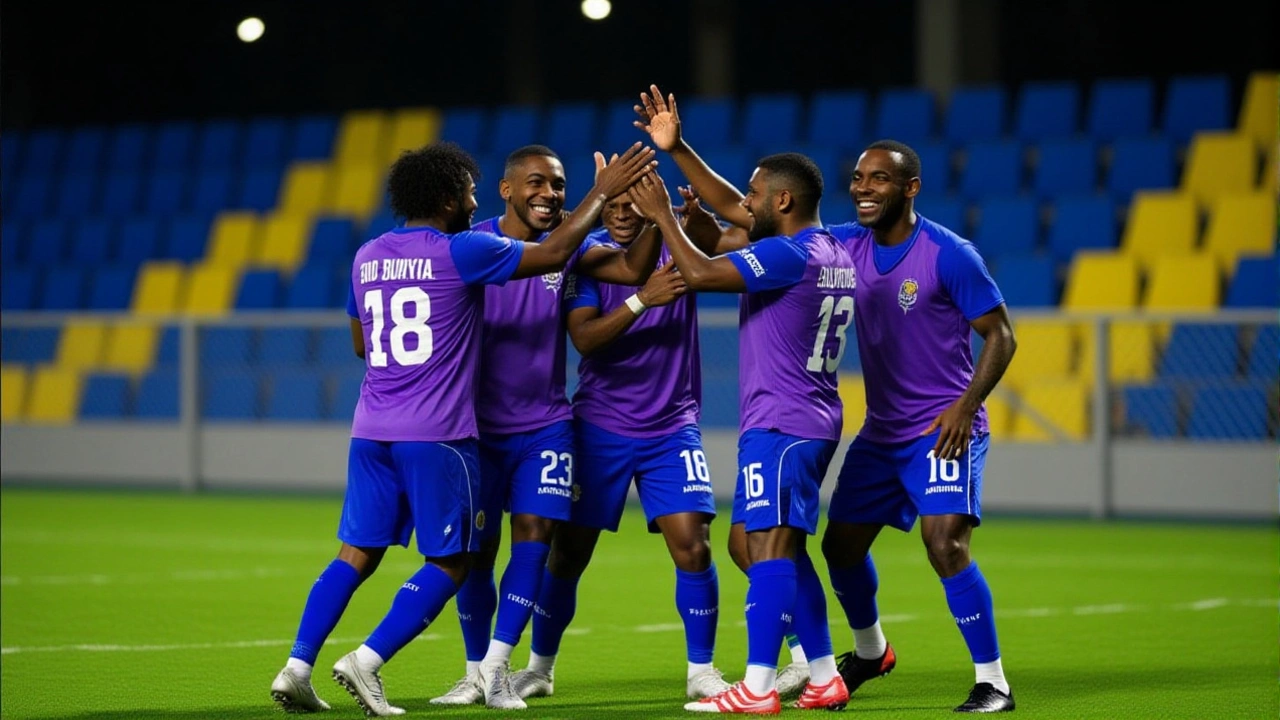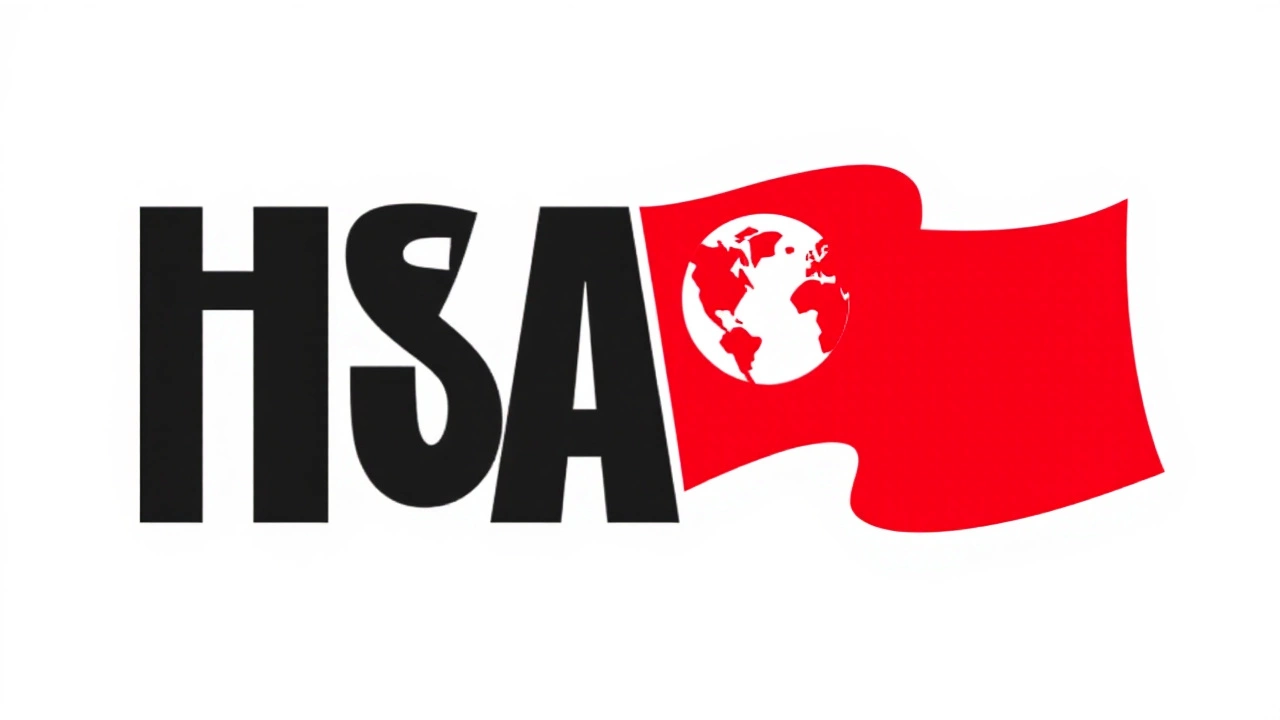It ended in heartbreak for the United States Men's National Team — not in the quarterfinals, where they battled through chaos, but in the final, where history caught up with them. On Sunday, July 6, 2025, NRG Stadium in Houston roared as Mexico lifted the 2025 CONCACAF Gold CupHouston with a 2-1 win over the USMNT, capping a tournament defined by grit, drama, and one unforgettable goalkeeper performance. Just days earlier, the Americans had survived a penalty shootout against Costa Rica at U.S. Bank Stadium in Minneapolis, with Matt Freese standing tall as the hero. But in Houston, even heroics couldn’t carry them past their oldest rival.
From Minneapolis to Houston: The Road Through Chaos
The 2025 CONCACAF Gold CupNorth America kicked off on June 14, 2025, with 16 teams divided into four groups. By the time the quarterfinals arrived, the bracket had already delivered shocks: Saudi Arabia, making its first Gold Cup appearance, stunned many by finishing second in Group D behind the USMNT after a narrow 1-0 win over them in the group stage. Meanwhile, Guatemala and Honduras punched above their weight, earning second-place finishes that set up tense knockout clashes.On June 28, Mexico dispatched Saudi Arabia 2-0 in the first quarterfinal, showing poise under pressure. The next day, the USMNT faced Costa Rica — a rematch of the 2023 semifinal — in front of a raucous Minneapolis crowd. The match was a rollercoaster: goals from Christian Pulisic and Josh Sargent gave the U.S. a 2-0 lead. Then, in the 78th minute, Costa Rica struck twice in six minutes. Extra time offered no resolution. The tension was thick enough to cut.
Enter Matt Freese. The 26-year-old goalkeeper, called up only after starter Sean Johnson suffered a hamstring injury during the group stage, had never started a senior international match before this tournament. Yet there he was, in front of 48,200 fans, facing five penalties. He saved two — including one from Keysher Fuller — and the U.S. converted all four of theirs. FOX Sports called him "clutch in penalties." The locker room called him "the guy who kept us alive."
Mexico’s Quiet Dominance and the Rise of Isma Diar
While the U.S. was surviving penalties, Mexico was building momentum with surgical precision. Their group stage losses were nonexistent — they drew once, won three. Their quarterfinal win over Saudi Arabia featured goals from Uriel Antuna and Orbelín Pineda, both of whom would later start in the final. But the real story wasn’t just their defense. It was the emergence of Panama’s Isma Diar, whose six goals made him the tournament’s top scorer — a feat no one expected from a player who hadn’t scored more than twice in a single World Cup qualifying campaign before.His goals came in waves: a hat-trick against Guadeloupe, two against Jamaica, and the winner against Guatemala in the quarterfinal. Diar’s pace and movement exposed defenses that had spent years preparing for the usual suspects — Hernández, Lozano, Pulisic. For a moment, it felt like the Gold Cup’s narrative was shifting. But then, on July 2, Mexico beat Honduras 1-0 in the semifinals, and the old order reasserted itself.
The Final: History Repeats, But With a New Twist
The final on July 6 wasn’t just another match. It was the 11th time these two teams had met in a Gold Cup final since 2000. Mexico had won seven. The U.S. had won two. The last time they faced off in the final — in 2023 — the U.S. had triumphed 2-1 in extra time. This time, the script flipped.Mexico struck first in the 22nd minute through Uriel Antuna, who ghosted past Weston McKennie and buried a low drive. The U.S. equalized in the 58th minute when Christian Pulisic cut inside from the left and curled a shot past Alfredo Talavera. For 20 minutes, it looked like the pattern would repeat: back-and-forth, emotional, destined for extra time.
Then, in the 79th minute, Orbelín Pineda — the same player who scored in the quarterfinal — received a pass from Diego Lainez just outside the box. He didn’t look up. He didn’t hesitate. He smashed it. The ball kissed the crossbar, then dropped just inside the post. The stadium erupted. The U.S. players slumped. The final whistle blew 2-1. Mexico had done it again.
Attendance: 70,925. The largest Gold Cup final crowd since 2019. The largest ever for a U.S.-Mexico final on American soil.

What This Means for U.S. Soccer
For the United States Soccer Federation, headquartered in Chicago, the loss stings — but it’s not a crisis. The team reached the final for the sixth time in seven tournaments. The squad was young: 11 players under 24, including Freese, who’s now a household name. The defense, which conceded just two goals in four knockout matches, showed resilience. But the midfield lacked control. The finishing, especially in open play, was inconsistent.Coaches are already looking ahead to 2027. The next Gold Cup is scheduled for two years from now, and the federation has signaled it will invest in more high-level friendlies against European sides. The message from the locker room? "We’re not far off. We just need one more piece."
Legacy of the 2025 Gold Cup
This tournament didn’t just crown a champion. It revealed a new generation. Isma Diar proved that smaller nations can produce world-class talent. Matt Freese showed that goalkeepers can rise from obscurity to legend in 90 minutes. And Mexico reminded everyone why they remain the standard-bearer of CONCACAF — not through flash, but through consistency, discipline, and an unshakable belief in their identity.The confederation, CONCACAF, headquartered in Miami, now turns its attention to expanding the tournament’s global profile. Talks are underway to invite teams from South America and Asia for future editions. But for now, the focus remains on the legacy of this one: a tournament that delivered drama, heartbreak, and a final that will be replayed for years.
Frequently Asked Questions
How did Matt Freese become the starting goalkeeper for the USMNT in the 2025 Gold Cup?
Freese was named starter after first-choice goalkeeper Sean Johnson suffered a hamstring injury during the group stage match against Trinidad and Tobago on June 15, 2025. A 26-year-old MLS goalkeeper for FC Cincinnati, Freese had never started a senior international match before the quarterfinal against Costa Rica. His two penalty saves in that game — including a crucial stop on Keysher Fuller — earned him the starting role for the semifinal and final.
Why was Saudi Arabia in the 2025 CONCACAF Gold Cup?
CONCACAF invited Saudi Arabia as a guest team for the 2025 tournament, continuing a trend of inviting teams from other confederations to increase competitiveness and global exposure. Saudi Arabia had previously participated in the 2019 and 2021 editions. Their inclusion allowed them to gain high-level experience ahead of the 2026 World Cup, which they will co-host with the U.S. and Canada.
Who was the top scorer of the 2025 Gold Cup, and how did they achieve it?
Panama’s Isma Diar finished as the tournament’s top scorer with six goals — the most by any player since Javier Hernández in 2019. He scored a hat-trick against Guadeloupe, two against Jamaica, and the decisive goal in Panama’s 2-1 quarterfinal win over Guatemala. His speed and positioning exploited slower central defenders, and he became the first Panamanian to lead a Gold Cup in scoring since 2005.
What was the significance of the 70,925 attendance at the final?
The crowd at NRG Stadium in Houston was the largest for a Gold Cup final since 2019 and the biggest ever for a U.S.-Mexico final on American soil. It surpassed the 2015 final in Pasadena (64,300) and reflected the growing popularity of the tournament in the U.S., especially in markets with large Hispanic populations. The attendance also signaled strong commercial interest, with ticket sales up 22% from the 2023 final.
When is the next CONCACAF Gold Cup, and what changes are expected?
The next tournament is scheduled for 2027, continuing the biennial cycle. CONCACAF is considering expanding the field to 20 teams and inviting more guest nations, possibly including teams from South America like Colombia or Ecuador. There are also discussions about moving the final to a neutral site outside the U.S. and Canada to broaden the tournament’s reach, though no official decision has been made.
How did Mexico manage to win despite not dominating possession in the final?
Mexico won through tactical discipline and clinical efficiency. They held just 44% possession but took 11 shots — 7 on target — compared to the U.S.’s 9 shots with only 4 on target. Coach Gerardo Martino prioritized counterattacks, using Orbelín Pineda and Diego Lainez as speed threats. Their defense, anchored by captain Héctor Moreno, allowed just one goal in the entire knockout stage. It was a masterclass in controlled aggression.
